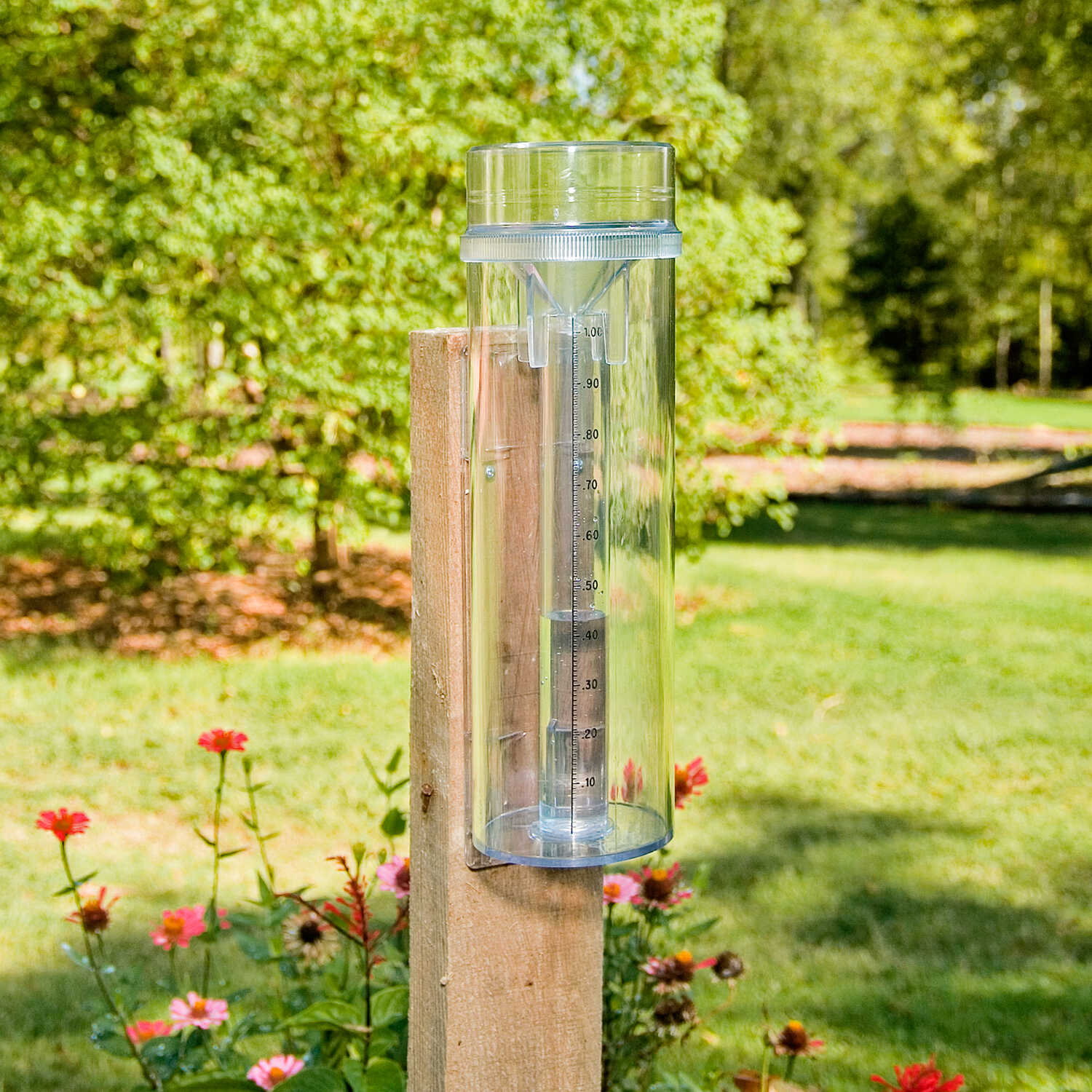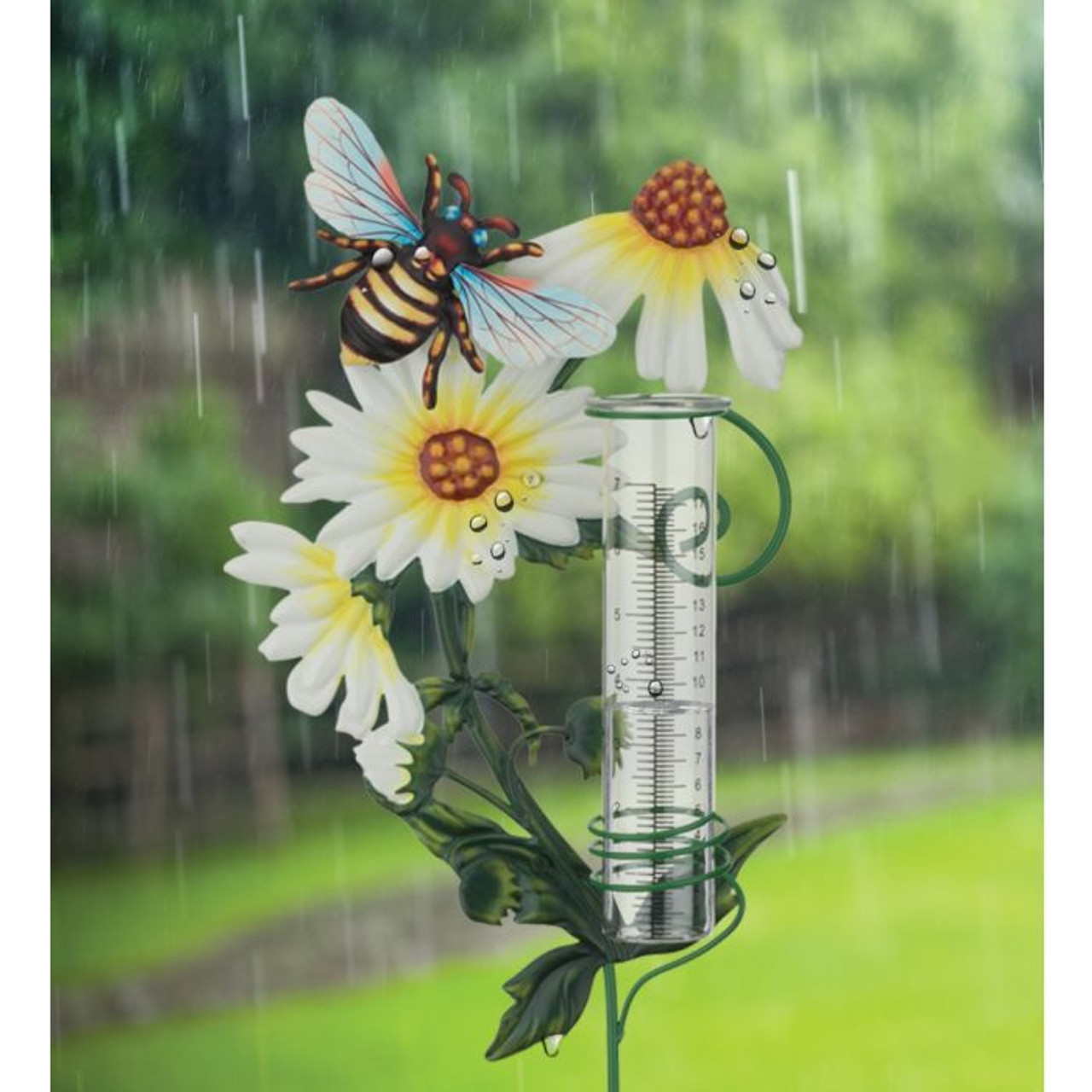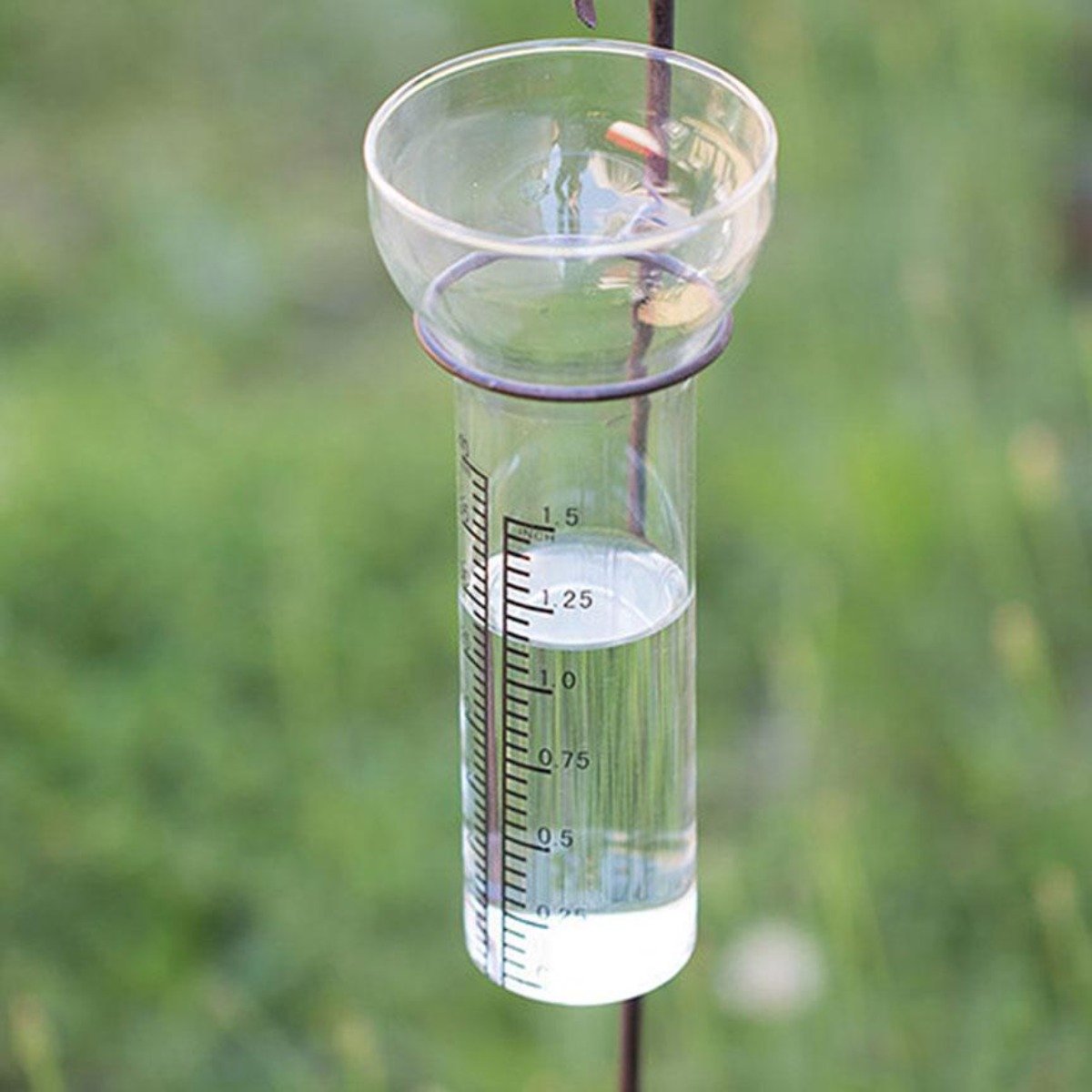The Rain Gauge: Crucial Info and Best Practices for Weather Lovers
The Rain Gauge: Crucial Info and Best Practices for Weather Lovers
Blog Article
Exactly How to Pick the Right Rainfall Scale for Accurate Rainfall Information
To acquire trusted dimensions, it is essential to select the best rain scale. Thinking about elements such as location, type, and precision of the rainfall gauge will certainly help make certain accurate data collection. Additionally, recognizing the upkeep and calibration treatments will certainly add to the longevity and reliability of your rain gauge.
Value of Picking the Right Rainfall Gauge
The value of picking the best rain scale lies in acquiring precise and trustworthy rains information for exact meteorological evaluation. Rain data is critical for a vast array of applications, including weather projecting, hydrological modeling, and climate research. Inaccurate or unstable data can lead to erroneous final thoughts and flawed decision-making procedures.

Second of all, the precision and precision of the rain gauge are paramount. The scale needs to have the ability to measure rainfall with high accuracy, recording even percentages of rainfall accurately. It must additionally reduce errors as a result of dissipation, wind, and various other environmental aspects. Regular calibration and maintenance are necessary to make certain recurring accuracy.
In addition, the area and installation of the rain scale are crucial considerations. It ought to be placed in an open location, away from obstructions that can affect rainfall dimensions. The scale must be positioned at a suitable elevation and angle to prevent splashing and make certain correct catchment of rainwater.
Aspects to Consider When Choosing a Rainfall Gauge
When selecting a rain gauge, there are numerous essential elements to consider. There are various types available, consisting of conventional rain evaluates, tipping bucket rainfall evaluates, and weighing rainfall determines.
One more factor to consider is the material of the rainfall gauge. Rain gauges can be constructed from various materials, such as glass, plastic, or steel. The material picked must be resistant and durable to climate condition, making sure that the rain gauge will endure the elements and supply exact dimensions in time.
Precision is likewise an important factor to think about. Search for rain gauges that have been adjusted and tested for precision. Functions such as anti-splash rings and funnels can likewise boost the precision of the dimensions.

Lastly, take into consideration the climate and setting in which the rain scale will certainly be used. Different rainfall assesses are ideal for different climates, so it is vital to select one that is proper for the problems in your location.
Various Kinds Of Rainfall Gauges Readily Available
To further discover the variables to consider when picking a rain gauge, it is very important to comprehend the various kinds of rainfall gauges readily available. There are numerous sorts of rain assesses, each with its very own advantages and downsides. One of the most typical type is the conventional rainfall scale, likewise called the cylindrical rainfall scale. This type contains a straight-sided cylindrical container with a funnel-shaped top. It is basic to utilize and gives exact measurements of rains.
Another kind of rain gauge is the tipping bucket rainfall scale. This gauge uses a seesaw-like device to gather and gauge rainfall. As the rain falls under the gauge, it fills one side of the bucket, causing it to tip and empty the water. The variety of tips is counted online to determine the amount of rainfall. Tipping bucket rain determines are preferred for their accuracy and capability to determine rainfall strength.
A third sort of rainfall scale is the considering rain scale. This gauge utilizes a balance system to measure the weight of the accumulated rains. As the rain comes under the scale, it is collected in a container connected to a balance. The weight of the water is gauged, and the rainfall quantity is calculated based upon the weight. Considering rain evaluates are highly accurate however can discover here be extra pricey and call for routine maintenance.
Lastly, there are likewise remote rainfall gauges that use progressed technology to gauge rains (The Rain Gauge). These evaluates use sensing units and transmitters to send data wirelessly to a central system. Remote rainfall gauges are convenient for checking rains in hard-to-reach areas or for massive information collection
How to Determine the Precision of a Rainfall Scale
One means to examine the accuracy of a rain gauge is by conducting routine calibration dimensions. Calibration entails contrasting the readings of a rain scale to a basic dimension, such as a certified rain gauge or a weather condition terminal with high accuracy. By contrasting the dimensions, any inconsistencies or mistakes in the rainfall gauge can be identified and accounted for.
To carry out a calibration dimension, begin by collecting rainfall information from both the rain gauge and the typical measurement tool over a particular amount of time, such as a month. Compare the readings and calculate the distinction in between them. This distinction is referred to as the calibration mistake.
It is very useful reference important to note that calibration dimensions need to be done frequently, as environmental elements, such as wind, debris, and temperature, can affect the precision of the rain gauge over time. By conducting regular calibrations, any kind of adjustments in the accuracy of the rain scale can be detected and modifications can be made accordingly.
Along with calibration, it is also advised to clean and preserve the rain gauge routinely to ensure its precision. Get rid of any particles or blockages that may affect the precision of the dimensions, and look for any kind of indicators of damages or wear that may require repair services or substitute.
Tips for Keeping and Adjusting Your Rainfall Scale
Normal upkeep and calibration are crucial for guaranteeing the precision and dependability of your rainfall gauge in gauging rainfall information (The Rain Gauge). By complying with a couple of basic tips, you can ensure that your rain scale is correctly kept and adjusted
Firstly, it is essential to clean your rainfall gauge routinely to avoid any debris or dust from blocking the rainfall collection system. Use a moderate cleaning agent and a soft brush to gently clean up the inside and beyond the gauge. Wash it extensively with tidy water and enable it to dry totally before reinstalling it.
Second of all, it is advised to adjust your rain gauge at least annually. Calibration involves contrasting the dimensions of your rainfall scale with those of a relied on and exact reference gauge. This will help you recognize and remedy any type of prospective errors in your rain gauge's measurements.
To calibrate your rain scale, accumulate a well-known quantity of water making use of a measuring container and contrast it with the measurements tape-recorded by your rain scale. Change the analyses as necessary to make certain accuracy.

Conclusion
In conclusion, picking the appropriate rainfall gauge is vital for acquiring exact rains data. Variables such as objective, spending plan, and area need to be taken into my blog consideration when picking a rainfall gauge.
There are different types readily available, including standard rain determines, tipping bucket rainfall evaluates, and evaluating rainfall assesses.To even more check out the aspects to consider when selecting a rainfall gauge, it is essential to understand the various kinds of rain determines available. The most common type is the conventional rainfall gauge, additionally understood as the cylindrical rainfall gauge.Another kind of rainfall gauge is the tipping pail rain scale. Calibration includes comparing the readings of a rain gauge to a common dimension, such as a certified rainfall scale or a weather condition terminal with high accuracy.
Report this page